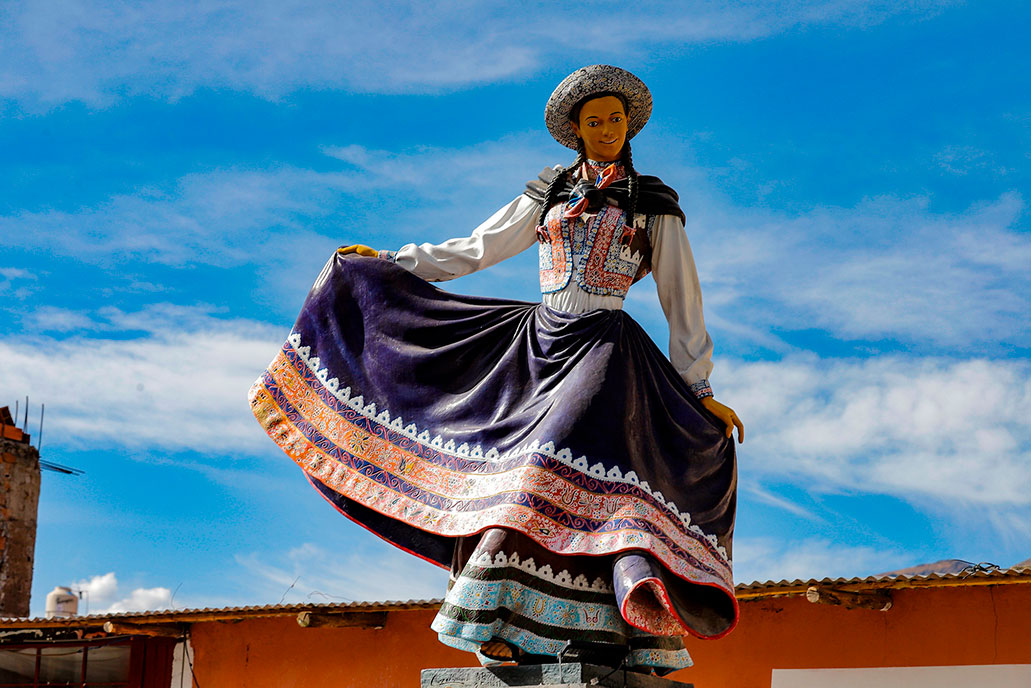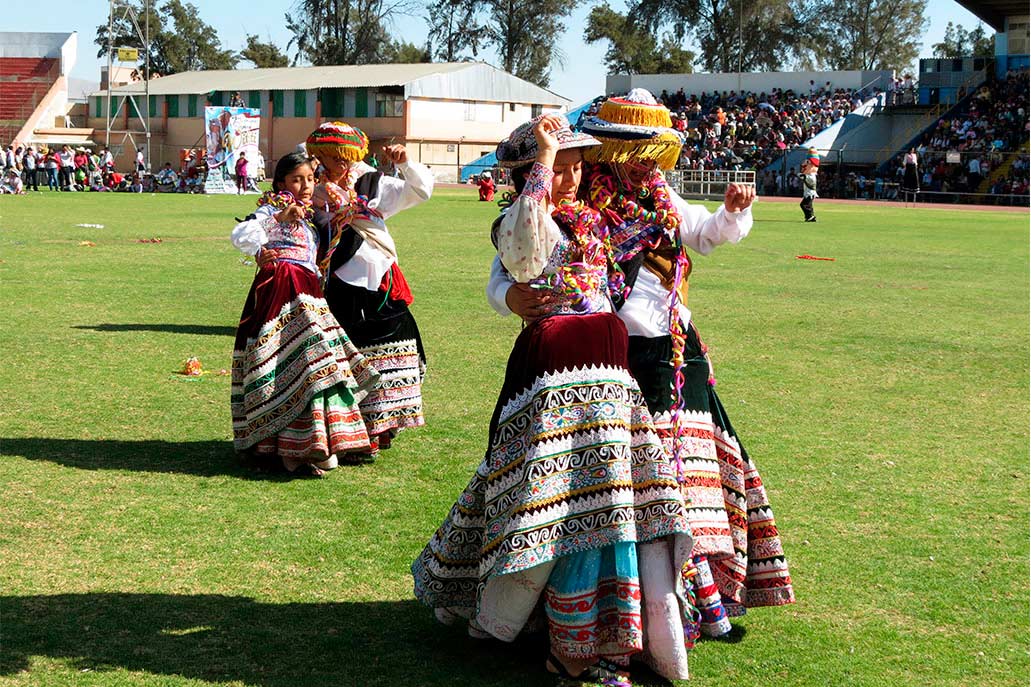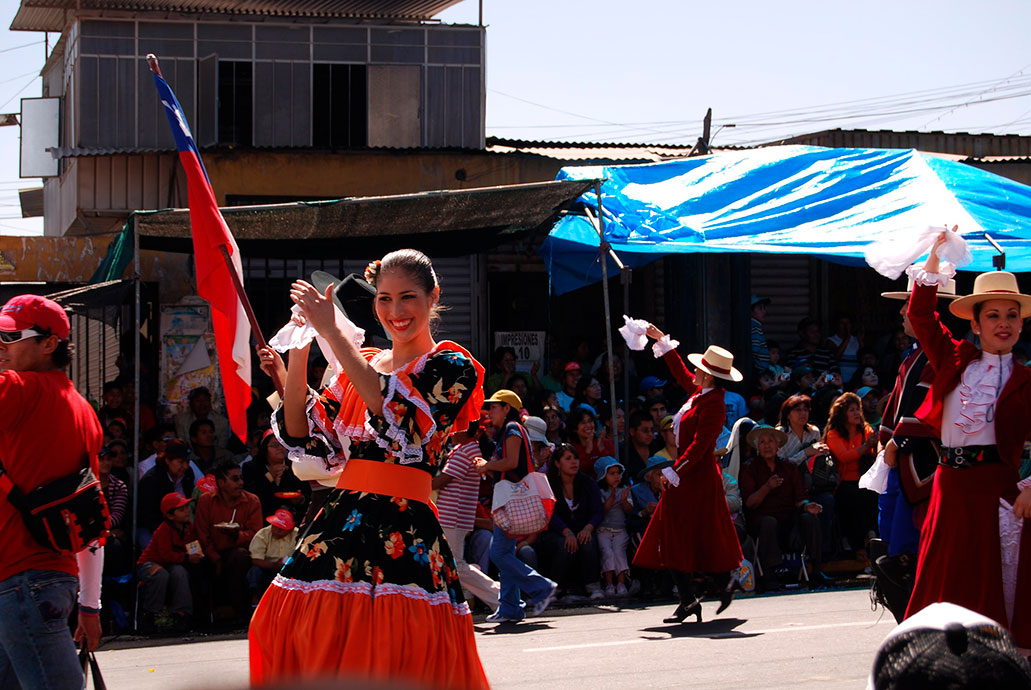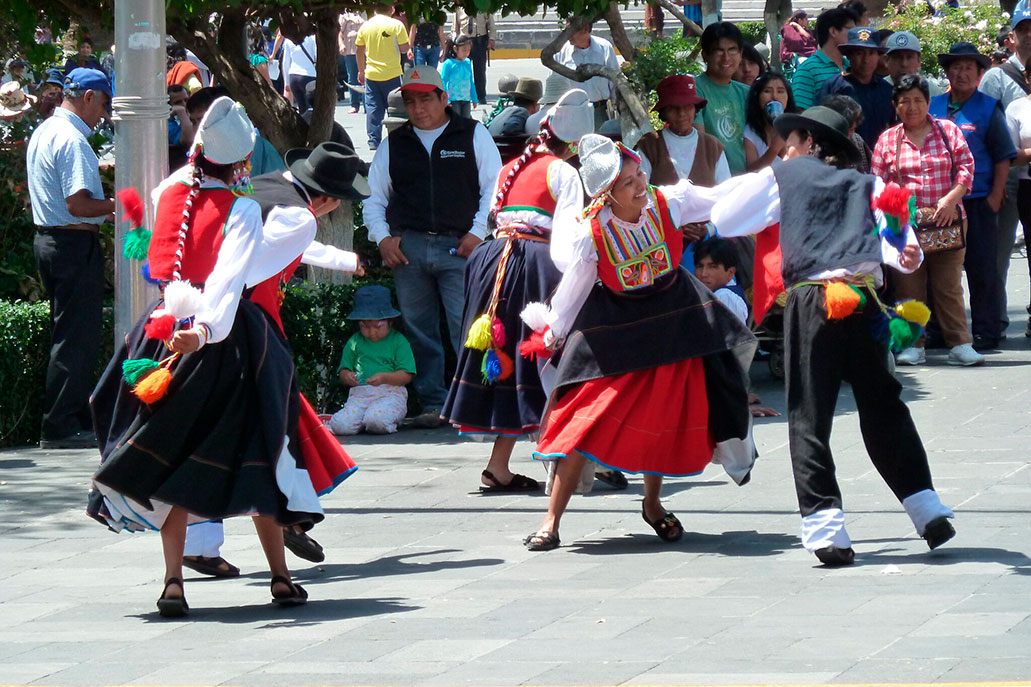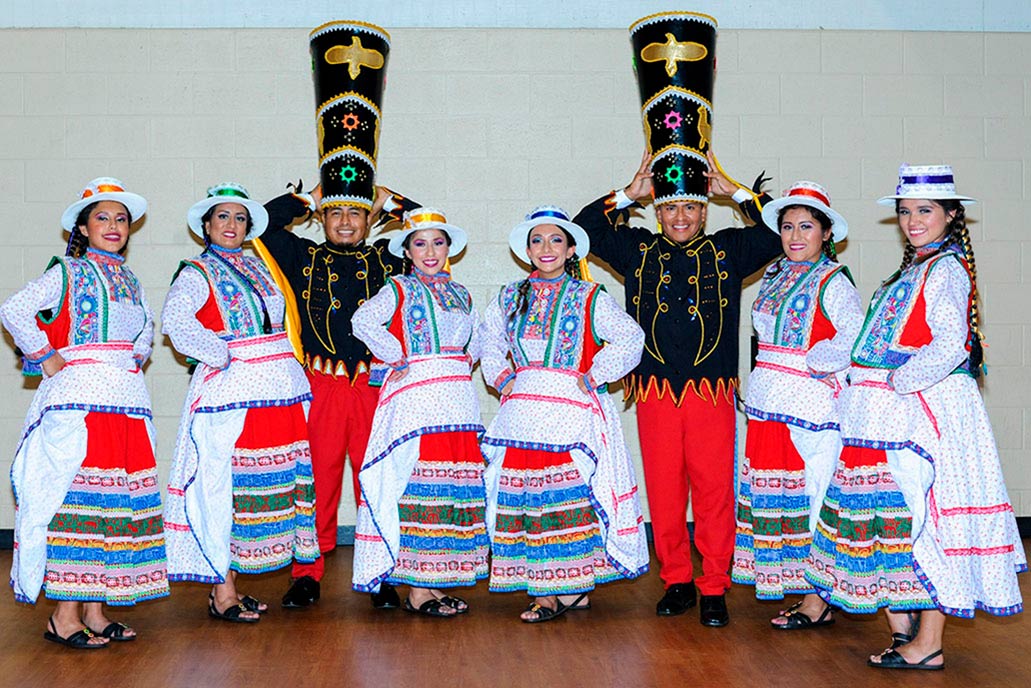8 typical dances that you will only see in Arequipa
Arequipa is a land full of traditions and customs that are worth knowing. His dances are recognized for their history. Every detail of these, their clothing, lyrics, choreography, express a passage from the great history of the region. Among the most famous dances are the wititi, the Turks, the marinera, and more. Get to know the 8 typical dances that you can only appreciate in Arequipa!.
Content
The Wititi
This dance is also called ‘wifala’ and is one of the most famous and representative of the Arequipa region. Its origins go back to pre-Inca times, in the current province of Caylloma where the Incas and collawas allied themselves, a culture that inhabited that area. This dance is considered Intangible Cultural Heritage of Humanity according to Unesco.
The dance stands out for the uniqueness of its clothing where both men and women wear long skirts of various embroideries and colors, typical of the Peruvian highlands. The dance is festive. Small jumps and turns are made in pairs. This dance is famous in Arequipa towns like Chivay and Cabanaconde.
- Where to see it? In the towns of the province of Caylloma such as Chivay and Cabanaconde (especially on festivals such as that of the Immaculate Virgin on December 8).
- More information : The towns of the province of Caylloma continue to use a dress similar to the dance of the wititis. The traditions of the pre-Inca times survive until today.
The Turcos
This dance, like many of the department of Arequipa, has its origins in the current province of Caylloma. The dance represents Catholicism and the Spanish influence in the region. It narrates the Spanish victory over the Arab invasion in the fifteenth century. In Arequipa, the dance acquired various aspects in which the cult of the Virgin Mary stands out.
The dance attracts attention due to the red and yellow clothing of the men (with boots and a high pointed hat). The women wear a typical multicolored Andean dress made of sheep’s wool. It stands out for its delicate white veil. The dance steps are of Spanish influence, with harmonious movements and rhythmic turns.
- Where to see it? In the towns of the Colca Valley in traditional festivals such as the one in honor of the Virgen de la Candelaria (February 2).
- More information: Another typical dance of Caylloma is ‘Turcos de Cacharpari’ celebrated in honor of the patron saint of San Isidro.
The Marinera arequipeña
The famous marinera is also danced in its own way in the Arequipa region. Its history goes back to the time of the Pacific War (19th century) in which women celebrated the victory and the return of men. The original dance was the so-called ‘montonero’. Over the years it acquired movements typical of the sailor.
The so-called Arequipeño ‘montonero’ is danced in groups of couples. The movements are elegant and slow with movements of handkerchiefs and the flirtation of the sailor. Both men and women wear scarves. Men wear jackets and white shirts. The women skirts and thin blouses.
- Where to see it? In the festivities of the city of Arequipa as the anniversary of the city on August 15.
- More information: The current dance was composed by Jorge Huirse and adapted by Fernando Valdivia. It is famous not only in Arequipa but throughout Peru.
The Añu Tarpuy
This dance is also original from the province of Caylloma, in the district of Tuti . Its origin dates back to pre-Inca times when the first settlers of these lands thanked their gods (the land, the sun, the earth, the moon and more) for obtaining a good harvest.
The dancers wear the typical costumes of the region. The men in wool vests, shorts, shirts and hats. The women wear skirts, vests, llicllas and hats. Both use flip-flops and tools for working on the land. The movements are rhythmic, they refer to agricultural work.
- Where to see it? In the towns of the province of Caylloma, especially in the town of Tuti (at the festival in honor of San Isidro Labrador on July 24).
- More information: It is also represented on October 15 when a date is celebrated in honor of the same Añu Tarpuy dance.
The Blacks of Chivay
This dance is famous for dancing in the Chivay district, capital of the Arequipa province of Caylloma. Its history dates back to the mid-19th century when slavery disintegrated in Peru. So the ‘blacks’ of Chivay carried out agricultural, livestock, fishing and even bread production to survive in freedom.
The dance draws attention to its picturesque clothing. The men wear cone-shaped monteros that they wear on their heads. Also black shoes, pumps and colored handkerchiefs at the elbow. The women have white hats with ribbons, flowery blouses, white and flowery skirts. Movements are slow and measured.
- Where to see it ? In the town of Chivay, especially at the Festival in honor of the Virgin of the Immaculate Conception (December 8).
- More information: The baskets on the head that the men wear in the dance refers to the containers that the ‘blacks’ carried on their heads during agricultural work.
The Arequipeño carnival
As in all the important cities of Peru, Arequipa also celebrates its carnivals in its own way and with its own dance. It is represented in carnivals, throughout February and the first days of March. It stands out for its music with the rhythm of huayno. It is festive. It is danced throughout the Arequipa region.
The Arequipa carnival stands out for the colorful clothing of its dancers. The men wear pants and a white shirt with a handkerchief of the same color. The women wear dresses of different colors, such as red, green, and yellow. Both men and women wear hats adorned with multicolored balloons.
- Where to see it ? In the carnivals of the Arequipa region, mainly on Sundays in February.
- More information : In Arequipa there are carnivals typical of each region or town such as Cotahuasi, Pampamarca, Kilcata and more.
The Dance of the Chaco
This dance represents the capture of vicuñas, the so-called ‘chaco’, in the Pampa de Cañahuas, currently the Pampa Cañahuas National Reserve. The ‘chacco’ of vicuñas are celebrated in different regions of the Peruvian and even Bolivian Andes. Dance was used as a ritual to obtain more of this precious material.
The dancers present a typical dress. Men with shorts, flip flops, shirt, vest and hat. The women with skirts, llicllas as well as a hat and flip-flops. The steps are festive and joyful. It is characterized by the circles and the representation of vicuñas. Today the hunting of this camelid is prohibited.
- Where to see it? In the traditional festivals of Arequipa such as the Feast of the Immaculate Conception (December 8).
- More information: In other regions of Peru where vicuñas abound, there are also ‘dances of the Chaco’. The dance of the district of San Pedro de Cajas (in the province of Tarma, Junín region) stands out.
The “Pisado de habas”
As its name indicates, this typical dance is a representation of the peeling and stomping of beans, after the harvest of this agricultural product. Like many Arequipa dances, it is native to the province of Caylloma. The peeling of beans with the feet is no longer used but it was recorded forever with this dance.
This dance presents typical costumes of the Andean region. The men wear flip-flops, short pants for farm work, a shirt, a black vest, and a hat. The women wear skirts, multicolored vests, hats and the famous lliclla. The dance demonstrates slow and harmonious steps. In the center, of course, the broad beans.
- Where to see it? In the province of Caylloma, especially in traditional festivals such as the festival in honor of the Immaculate Conception (December 8).
- More information: The peeling and stomping of broad beans dates back to the colonial and republican times (19th century). Today it is not used anymore.
By Machupicchu Terra – Last updated, October 4, 2023
